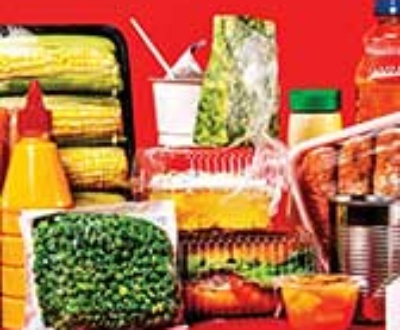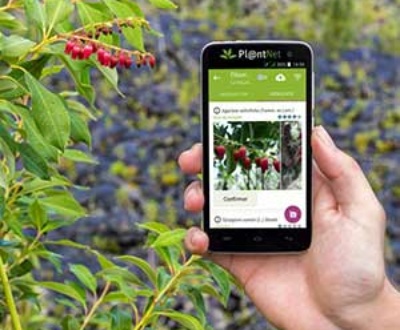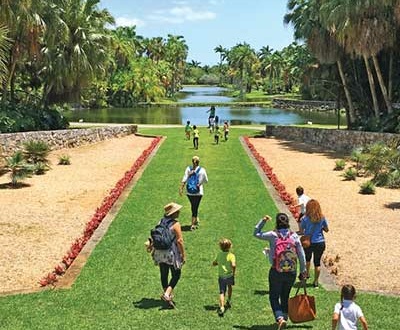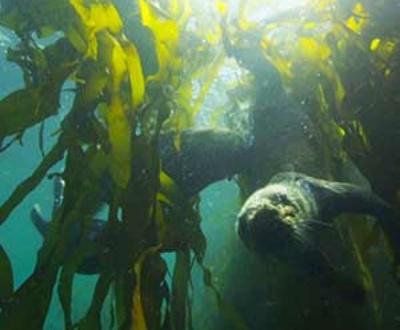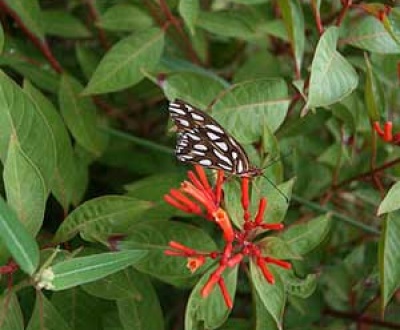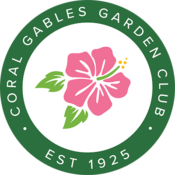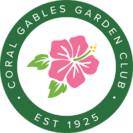As usual. I am writing this a month ahead so at the moment I am in the throes of turning my place into Santa’s Workshop and I’m going to make some cookies by the end of the week so all is good – HO HO HO
Needful Things
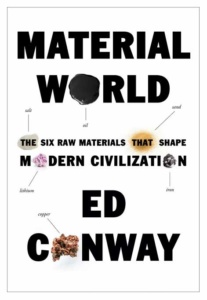 There was a great article in the New Yorker magazine (10/30/23) about a book “Material World: The Six Raw Materials That Shape Modern Civilizations”, by Ed Conway. It lists pure mica and quartz, sand, iron, salt, copper and lithium as the essential raw materials for modern life. Silicon chips are made of quartz through phenomenally complex and exacting process that involves very high heat, then acid and even more heat – 2700 degrees Fahrenheit. It turns out that a tiny town in North Carolina, Spruce Pine, has the planets most pure deposits. They are very secretive about this mine. When contractors arrive to make repairs they are led to the equipment blind folded. Nowadays, according to Conway, we pull more quartz from the ground in a year than was taken out in the roughly 300 millennia from the dawn of man to the start of the Korean War.
There was a great article in the New Yorker magazine (10/30/23) about a book “Material World: The Six Raw Materials That Shape Modern Civilizations”, by Ed Conway. It lists pure mica and quartz, sand, iron, salt, copper and lithium as the essential raw materials for modern life. Silicon chips are made of quartz through phenomenally complex and exacting process that involves very high heat, then acid and even more heat – 2700 degrees Fahrenheit. It turns out that a tiny town in North Carolina, Spruce Pine, has the planets most pure deposits. They are very secretive about this mine. When contractors arrive to make repairs they are led to the equipment blind folded. Nowadays, according to Conway, we pull more quartz from the ground in a year than was taken out in the roughly 300 millennia from the dawn of man to the start of the Korean War.
Next up is sand. According to the UN Environment Programme, demand for sand has tripled in the past 20 years to 100 trillion pounds a year. Sand and gravel are the major ingredients in concrete and a lot of sand goes into land building. Singapore is bigger by 50 square miles since the 1960. Sand dredging along the Mekong Delta means than where there was once a riverbank today there are shear drops into the water. And salt is essential almost every chemical process in addition to our diet. Nearly three billion tons of iron ore is extracted every year. Australia is currently the biggest source.
So What About Increasing Our Use of Wind and Solar and Electric Cars?
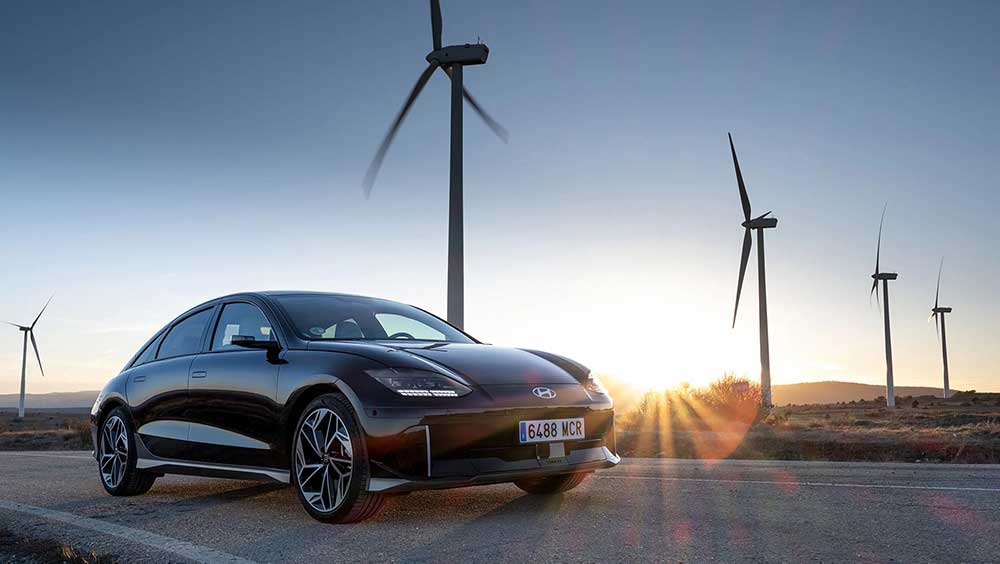 But, Conway says, building enough wind turbines to shutter a 100 megawatt natural gas
But, Conway says, building enough wind turbines to shutter a 100 megawatt natural gas
plant would take 50,000 tons of concrete and 30,000 tons of iron. And using electricity for transportation means a TON of copper and lithium. S&P Global predicts that world-wide copper consumption will double over the next 12 years. And just like with oil where we now need to drill into and split shale rock to get oil, mining copper is a lot tougher than it used to be. In 1900, 50 tons of rock yielded a ton of copper and now it’s 800 tons to get one ton! As for lithium, a typical electric car battery contains almost 20 lbs of lithium and three quarters of the known supply is in Australia, Chile, Argentina and Bolivia. I had no clue that we were using up a finite supply of crucial raw materials at such a rate! Somehow the world looked infinite, not finite, to me. But obviously that’s not true – especially not at the rate we are using stuff up! Somewhere down the line the answer has to be a way to recycle the gazillions of tons of resources we’ve already dug up!
Nature Is Magical
 Scientists have discovered that trees and other plants can communicate with each other when in danger…did you read what I just wrote…can you believe it! So how does this work? Well the idea of communicating trees started in the 50s when two ecologists placed hundreds of caterpillars and web worms on the branches of willow and alder trees and they found that the attacked trees began producing chemicals that made their leaves unappetizing and indigestible to insects. BUT, even cooler, healthy trees 100-130 feet away with no root connection to the damaged tree ALSO started putting out the same chemical defenses!
Scientists have discovered that trees and other plants can communicate with each other when in danger…did you read what I just wrote…can you believe it! So how does this work? Well the idea of communicating trees started in the 50s when two ecologists placed hundreds of caterpillars and web worms on the branches of willow and alder trees and they found that the attacked trees began producing chemicals that made their leaves unappetizing and indigestible to insects. BUT, even cooler, healthy trees 100-130 feet away with no root connection to the damaged tree ALSO started putting out the same chemical defenses!
According to a study published in Nature Communications the plants they’ve studied have the ability to send chemical signals through the air. They emit “green leafy volatiles” which are produced by almost every green plant with leaves. And they can emit an array of these compounds for different purposes. Ones to attract pollinators and others as defense against predators. The plants can even produce specific responses based on the species of herbivore feeding on it!
As Andre Kessler, a plant ecologist not involved in the study, says: “If that plant can mount an adaptive response…this is the definition of intelligence. It gets you onto a level that questions how we understand the world.”
Ho Ho Ho
The decorations are up and two kinds of cookies – peanut butter and Swedish nut balls – and some spiced apple cider are on tap – ALL GOOD.
About the Author
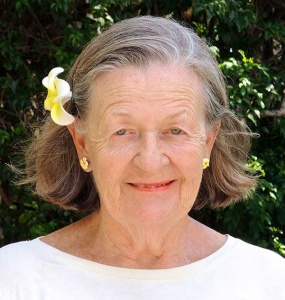
Linda Lawrence Waldron currently writes the Green Gables column in Gables Living Magazine. Linda was Chairman of the Garden Club's Coral Gables Library Butterfly Garden Committee.
Sign up here for email notifications about new Green Gables articles!
More from our blogs
See all postsRecent Posts
- April 2023 April 1, 2024
- Good News on Environmental Plastics February 1, 2024
- Material World / Plant World January 1, 2024
Leave a Comment cancel
This site uses Akismet to reduce spam. Learn how your comment data is processed.



